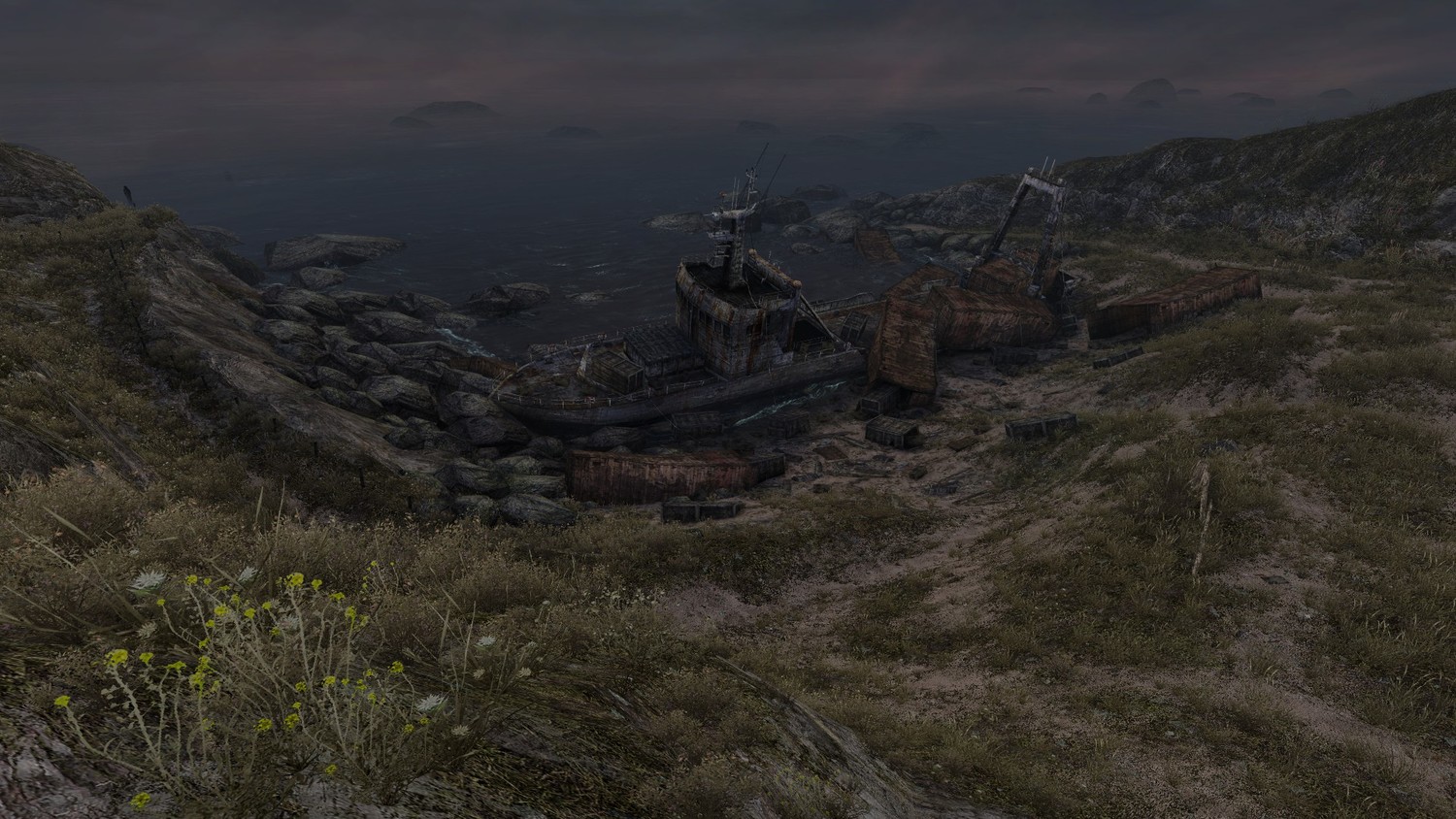
Review: Datura
Posted by Chris K on May 14th, 2012 | 1 Comment | Tags: Datura
As of late my Move controller was collecting dust. There haven’t been many games released on PSN that used it, so when I first heard about Datura I was excited. It seemed like a game that was tailor-made for the controller and with an experimental team like Plastic behind the development I was pretty much sold. I was a huge fan of Linger in Shadows, Plastic’s previous PSN demo-scene production. If you haven’t heard about Datura before, you play as a man in a forest and you have control of his hand, which the Move provides a 1-to-1 analog for. The forest is dotted with different puzzles for you to solve along the way while trying to find an exit. Sadly the game falls short of what it is trying attain.
The first problem I ended up having with the game was the actual controls them self. You seem to have to fight with the Move just to do the most basic of tasks. When I first booted the game up I had to calibrate the Move probably about 5 times just to get it to a point to where I could move the way I wanted to. This did not make a great first impression. The controls are simple enough with the Move button acting to propel you forward and the direction you walk being determined by the way you move the controller. Rotating in place can be done by holding in the X Button. Finally you can enter a “pose” mode by pressing Triangle. This is another thing which took away from my enjoyment of the game, having to pose to solve the puzzles. In a game where you are using this disembodied hand to solve everything you are basically limited in the actions you can perform with it. Here is an example: So you see there is a door in the middle of this forest that seem to go nowhere. After finding a key you return to the door. Now instead of just walking up to the door and using the key and then the handle to open the door, you have to perfectly line up so that you can trigger the pose action. Then you have to perform two actions with the Move controller that feel awkward.
This isn’t the only place where the action you are performing feels off, the worst cases for me occurred during the 2 times you had to throw objects. I don’t know if it was me doing the action wrong or the game improperly diagramming what needed to be done. I don’t know about you but when I throw a ball I just don’t flick my wrist forward, especially when it would seem that I need to get some power behind it. Improper diagrams appear all over the place though, opening gates require a far different motion then what is shown, rotating the Move in circles is a guessing game on which direction you need to go. If you think that using a Dual Shock 3 will solve all these problems you will be mistaken. The game performs far worse when using the standard controller. You lose almost all control over the hand, as it no longer travels in the z-direction. There is also no way to invert the controls, nail in the coffin for me.
When the Move controller does work however, you can see a glimpse at what the team was trying to achieve. Most of the time this happens when the puzzles you need to solve involve physical touching. Pushing in the stones at the gates works great, touching the different trees in the forest to improve your map adds to the immersion, and even solving a later puzzle in the game using just the hand just works. I don’t want to spoil much about the puzzles because this game is really short. With only 8 total puzzles each triggering a scene which lasts about a minute, you can probably finish this in the time it takes to have a pizza delivered on a Friday night. Clocking in at around an hour, 90 minutes at most, the only thing that lengthens the game is the slow and plodding pace at which you walk.
The game does do a few things right though. Each of the 8 puzzles ends with a short scene in which you have to make a morality choice. What you decide to do changes the mood of the forest around you. If you pick all “evil” choices the forest will be covered in a thick fog and there will be flies all around. Picking “good” choices will lead to a forest filled with butterflies and visuals that will remind you of a cool crisp autumn day. Speaking of the visuals with either a good or evil forest the game really looks quite beautiful. It can be almost photo-realistic at times, mostly while standing still. The game does offer up a 60fps framerate, but it is never locked at that. In the video below you can see the framerate drop just by turning or even walking through the forest. The music that plays through the forest and even in the different scenes is great as well. My personal favorite was the song that plays in the car stereo, saxophone track of the year.
The real problem with the game is that I just don’t know if I can recommend it at the current price point. This sort of game is something that you can really only experience once. Sure you can go back and see the different choices, but they don’t affect the game’s ending. After playing it through you will know all of the games secrets and with it just lasting just a little over an hour (even less on a second playthrough) there just isn’t enough there. I am glad that Sony continues to offer a place for experiments like this to be consumed by gamers and I look forward to what Plastic does next, but Datura lacks the polish needed to be considered a success.
A copy of this game was provided by the publisher for review purposes. For more info on our review policy click here. This review is for the PlayStation 3 version of the game.
General Info
- Developer: Plastic
- Publisher: Sony Computer Entertainment
- Release Date: May 2012
- Price: $9.99, HK$75, £6.29/€7.99
- Genre: Adventure, Puzzle
Score:
What I Like:
- Great music throughout
- How the forest reacts to your choices
What I Dislike:
- Fighting with the controls
- Framerate problems
- Getting a headache while playing in 3D
- Magic is lost after one playthrough




